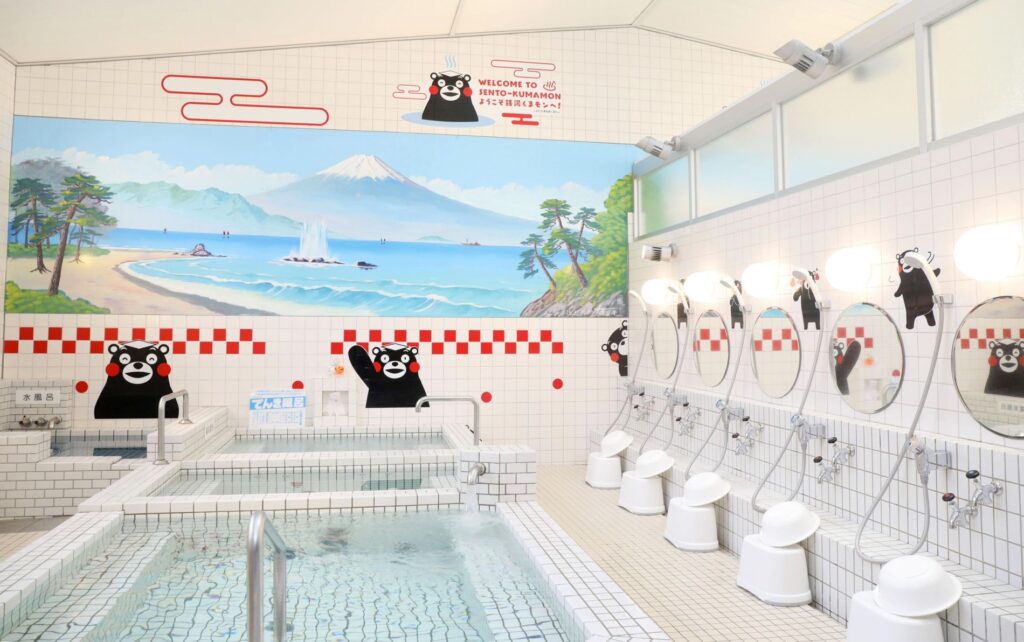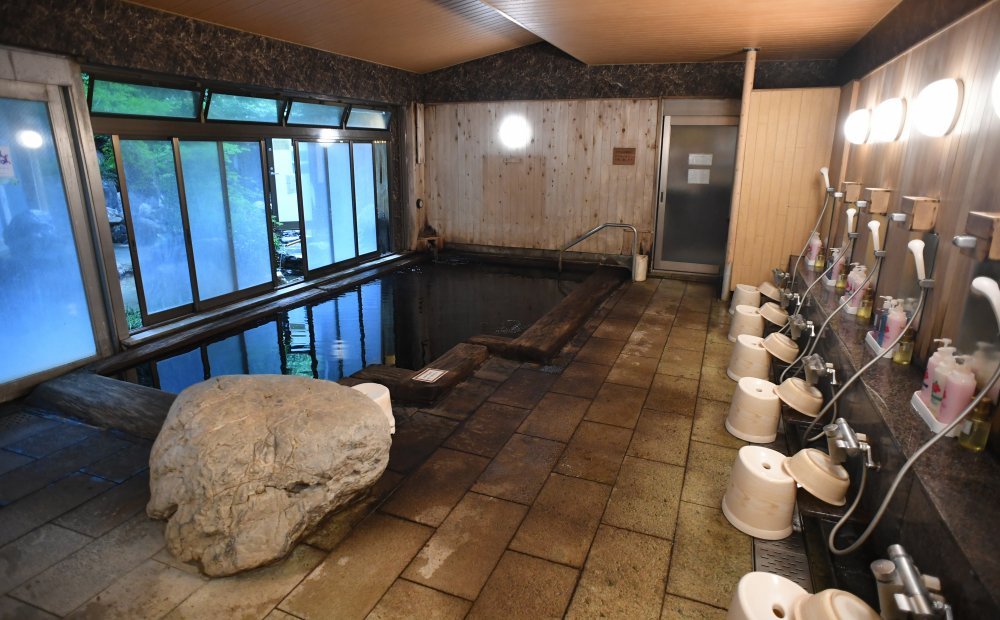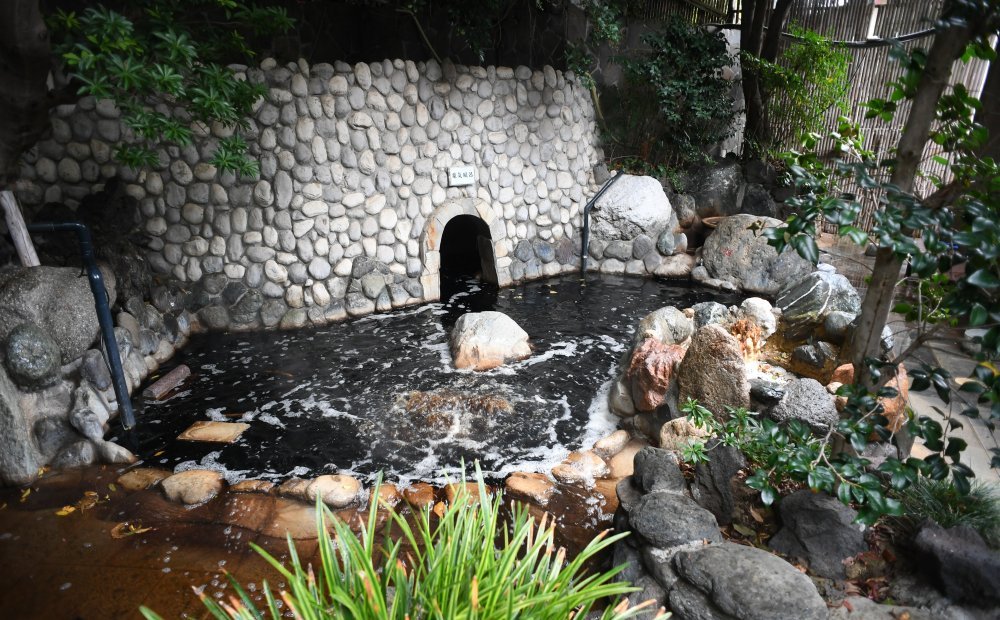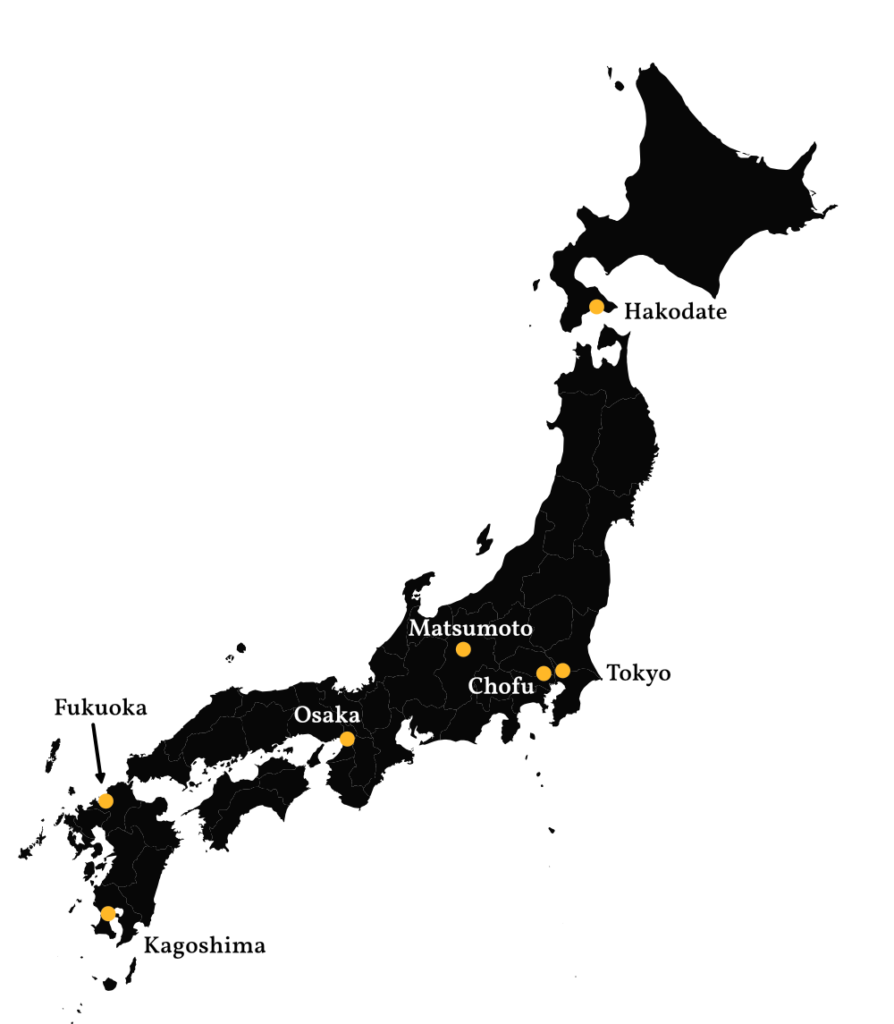Dear readers, I was offline for a long time. I know. My trip is over. And now I'm finishing this blog. I am back, baby!
Why did it take so long? Writing at blog post that's at least okay takes time, more than I thought. Because it's not just about then I went here and then I went there and then a sack of rice fell over . And that means I gotta put in some brain cells: Does the article have a message? Which stories are interesting, what should I leave out? Which pics do I select among the hundreds I took per country? Together with the actual writing and translation (which is accelerated by Google, but not taken over), two days pass very quickly. And at some point, I realized that I would rather enjoy the journey to the fullest than have this work in the back of my mind. After all, you don’t find yourself in a moldy hostel shower under a desert night sky every day. Writing could wait till later. And later is now.
So we are currently in Japan. Japan is a special country. A long and severe isolation*, rather unusual for such large countries, shaped a very unique culture. 7 things that stayed with me from there.
*There are still remnants of this today. Japan's population is shrinking and aging and politicians are calling for more children. But allowing some more immigration? Im-pos-sib-le.
1. There are no trash cans
You got that right: In the cleanest country of the world, it takes hard work, determination and luck to find one of the fabled public trash cans. And that has to do with Omu Shinrikyo, a doomsday cult. In 1995, they carried out a terrorist attack on the Tokyo subway with poisonous gas, in which 13 people died. After various members of the sect were arrested and their assets confiscated, the investigation began. One of the conclusions was that weapons likely could be hidden in trash cans, and bang they were gone from the cityscape. Hm, I don't know if that’s the real deal... Anyway, it's all the more amazing that the huge cities are so incredibly clean! I had to get used to carrying my trash around for a while, sometimes back to the hostel.
2. There are vending machines everywhere. And convenience stores.
One day, Reto, Riki and I visit Fushimi Inari, an important religious site in Kyoto. A network of paths, framed by beautiful wooden gates (the so-called Torii), winds up the mountainside. A small house is placed below the summit, in front of which many people bow. And what's next to that? A cheerfully flashing, beeping, coke-selling vending machine! We had to laugh.
If brain poison is allowed to be sold even in the holiest of places, you can imagine that the machines will be everywhere else too. And not just in metro stations or at sights - no, you can't avoid it even in the smallest side street. Sometimes they appear in swarms, like here:
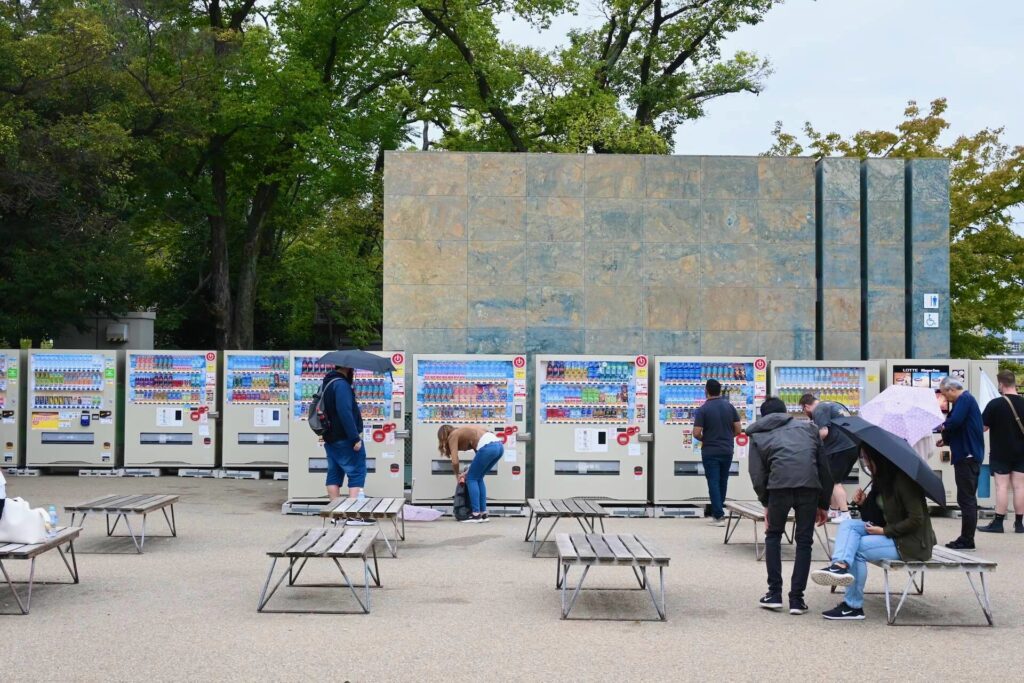
The same applies to convenience stores. I developed a conflicted relationship with them. Craving a rice ball and a carton of Pikachu tomato juice at four ante meridiem? No problem, 7-Eleven is just around the corner. And the selection is not bad.
That said, there are practically no supermarkets in city centers. And the convenience stores carry many items, but often not quite what you want (good luck finding an apple). In addition, most of it is packaged in plastic according to the motto “more is more”. E.g. this cheese:
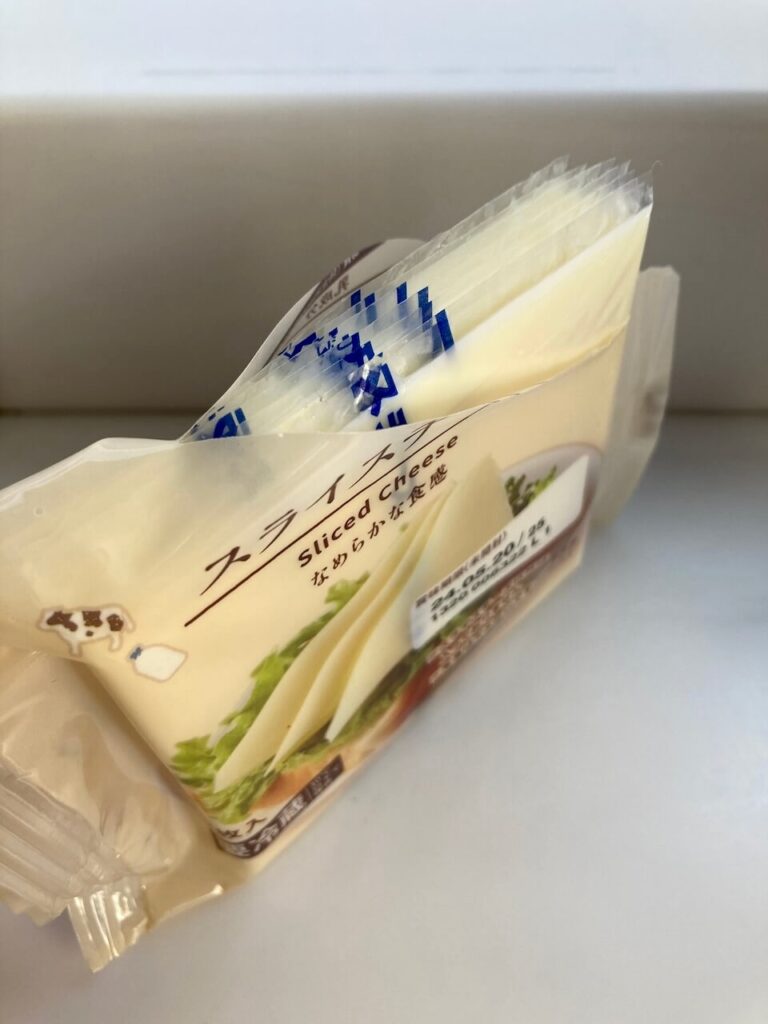
And in principle you’d want to avoid waste and buy something fresh, but to do that you’d have to search and who does such a crazy thing? No thanks. Since you come across the stores every few minutes, you're constantly buying a small snack. On some days I was there about ten times.
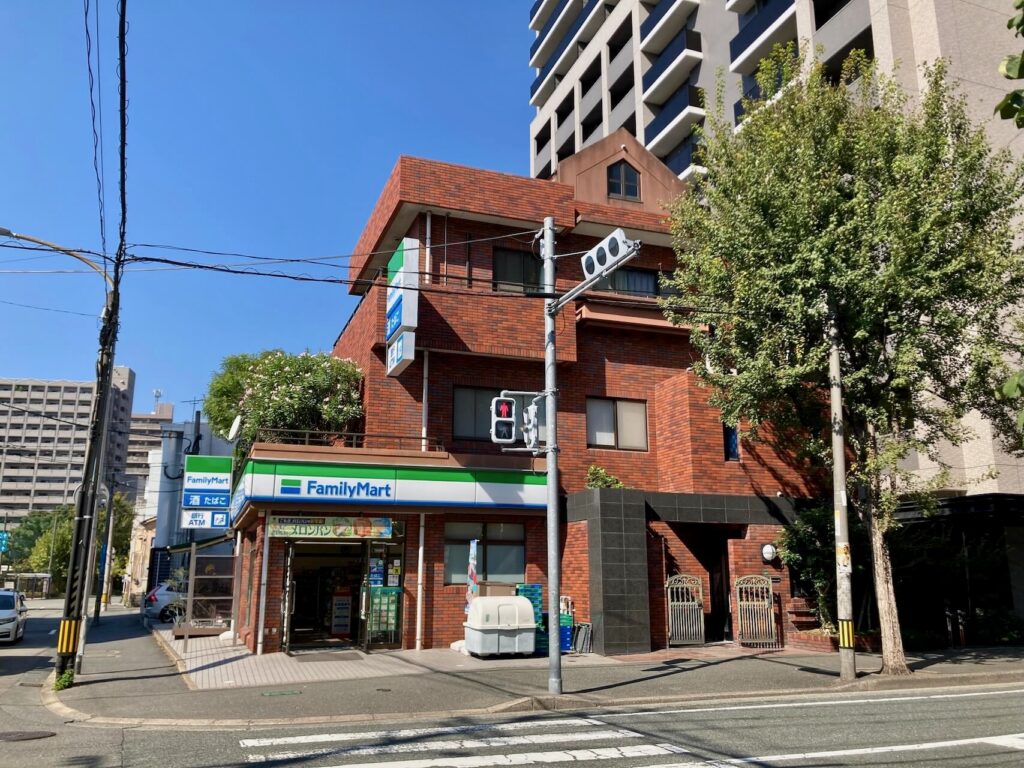
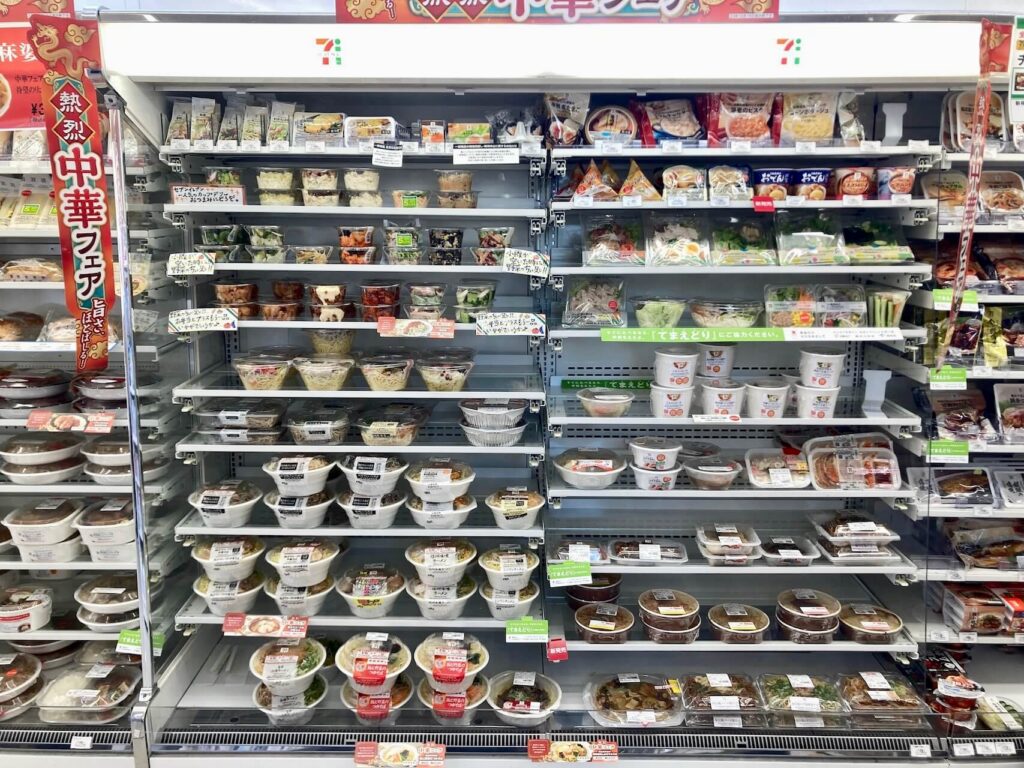
3. Japan is mad about perfection
Obvious item, but had to be mentioned. The sliding door glides as if on air and the lock snaps so seamlessly nothing wobbles even a bit. The Metro toilet is cleaner than the one at your home (you haven't cleaned it in the last two weeks, have you? I bet your toilet seat is already full of all sorts of scary bacteria). Everything is organized and well done and clean and tidy.
4. Everything has a face
There is a lot of elegance in Japan. The Zen Gardens. The silent temples. The gentle aesthetics of many everyday objects, shaped with subtle details.
Advertising and signs, on the other hand? No Zen. They are packed and there is always a face somewhere.
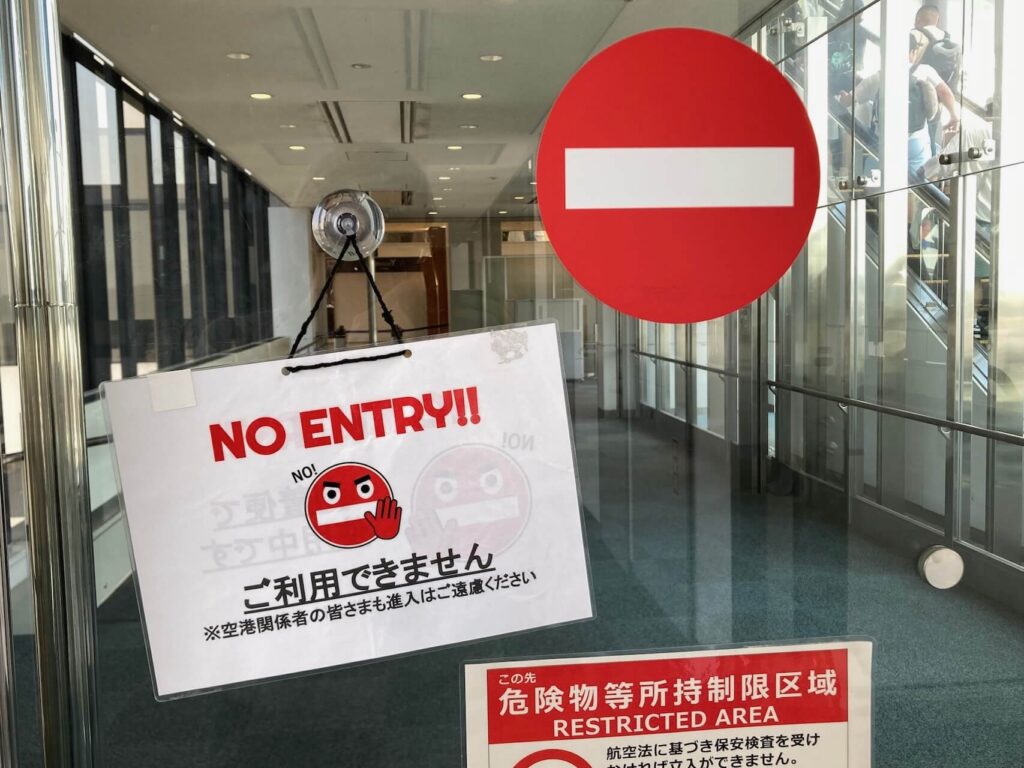
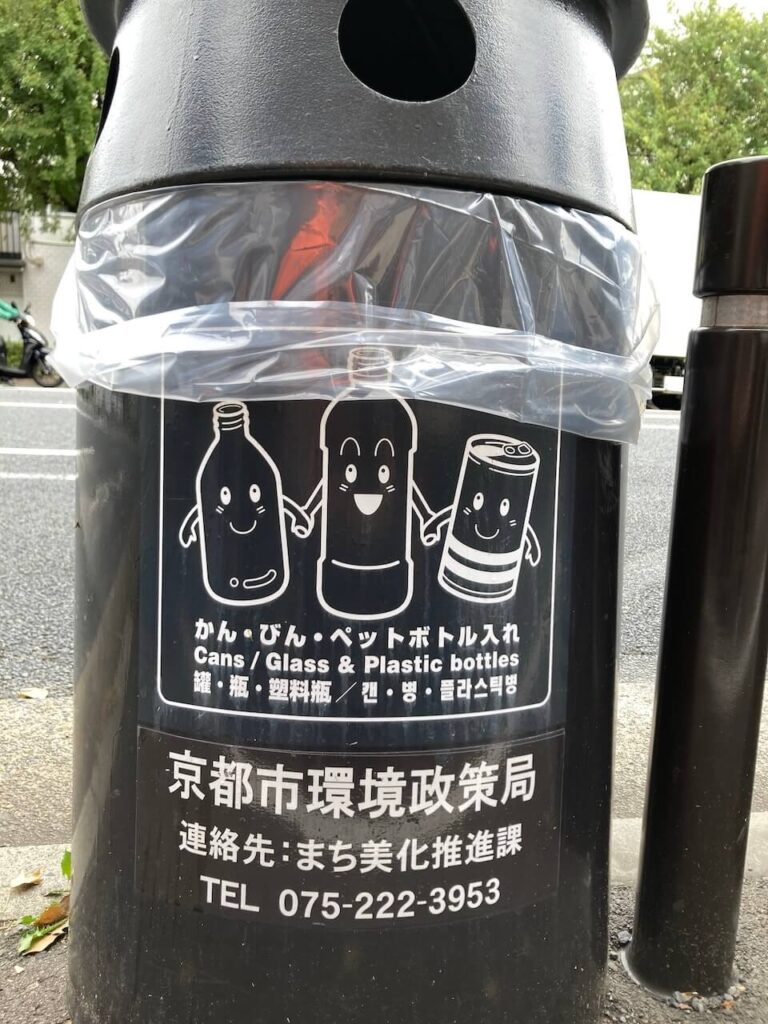
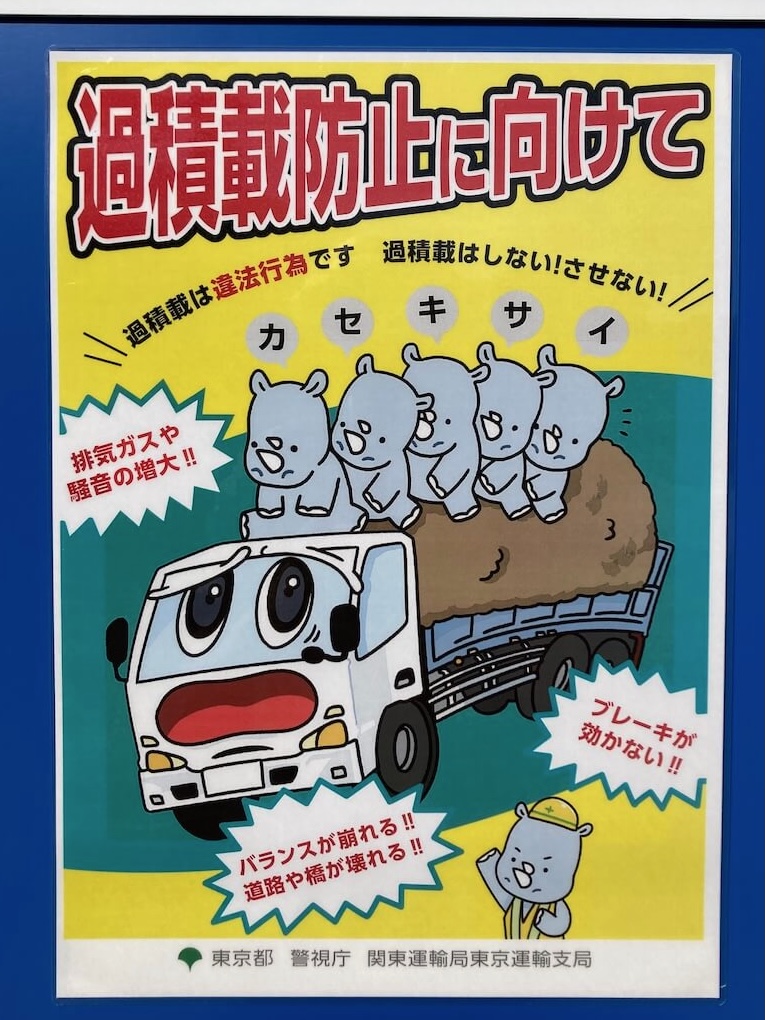
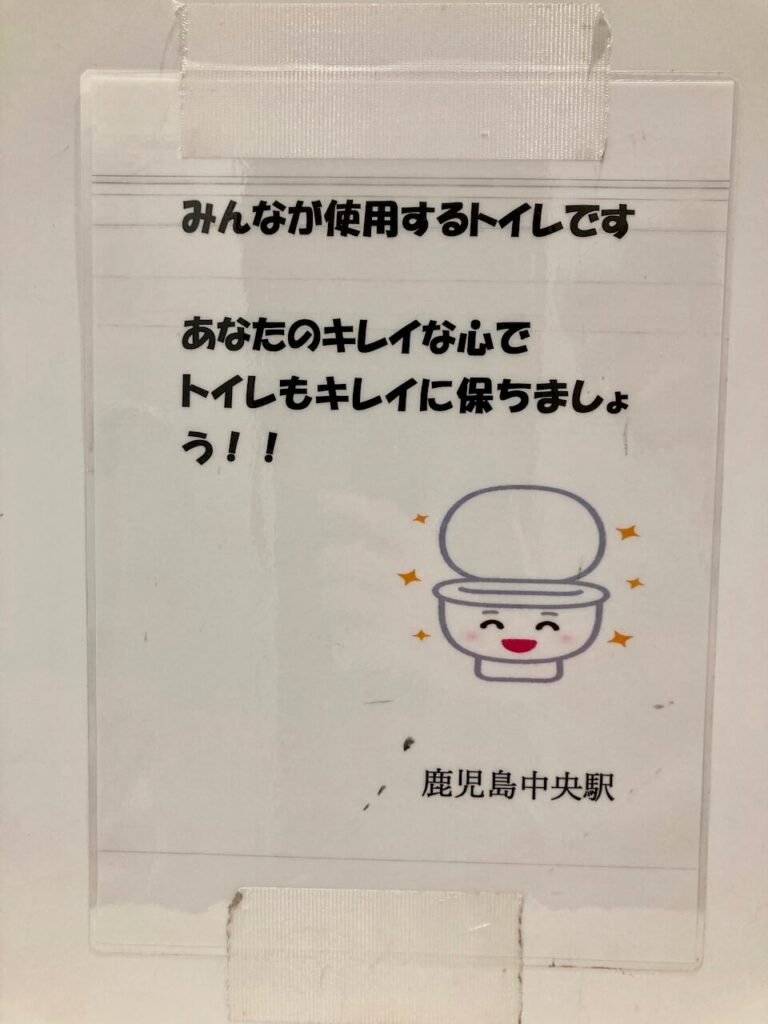
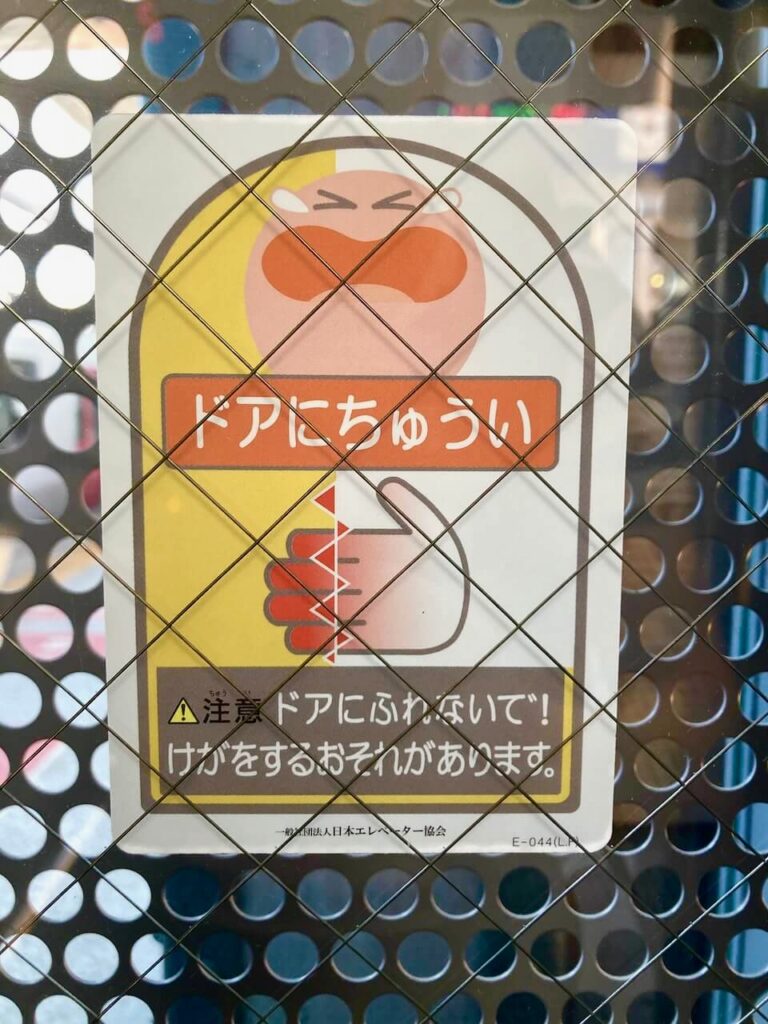
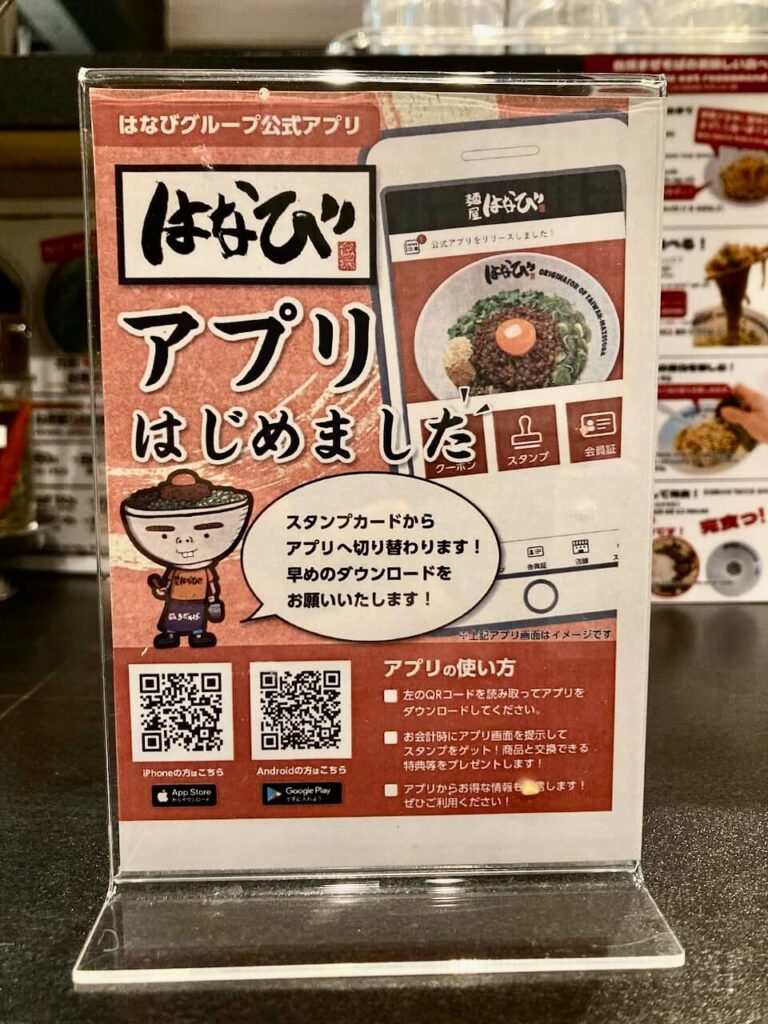
5. Red is red
And then there’s no crossing the street. Not in the remote village on Kyushu, where no car has passed since your last date. And that was way too long ago, right? Not in Tokyo's party district in the middle of the night. Japanese discipline kept impressing me. Especially in the metro. How efficient! There are lines on the floor of the platform marking where the doors are and where you have to queue. The queue that forms is not a cluster like in Zurich, but a straight line of people (if the platform is not too full, of course). Fun fact, it's completely quiet in the subway car because talking is frowned upon.
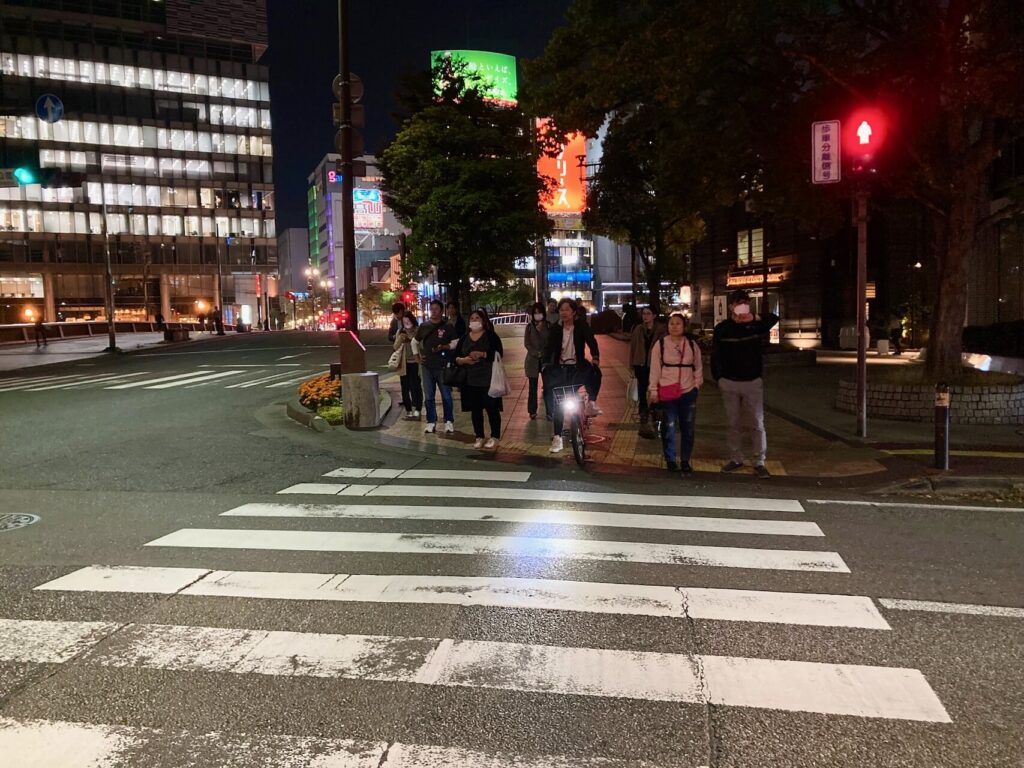
6. The cityscape is chaotic
Conformity is very important in Japanese society. Or you’d think so. Because in architecture... the most enduring of all cultural expressions, the result of thousands of working days carved in stone - in architecture of all things, the rule is: "Everyone does whatever the hell they want plus earthquake protection."
And this means that the individual houses often appear unobtrusive in a typically Japanese way, but the sum is a mess. In between there are also many high rises whose design is purely functional.
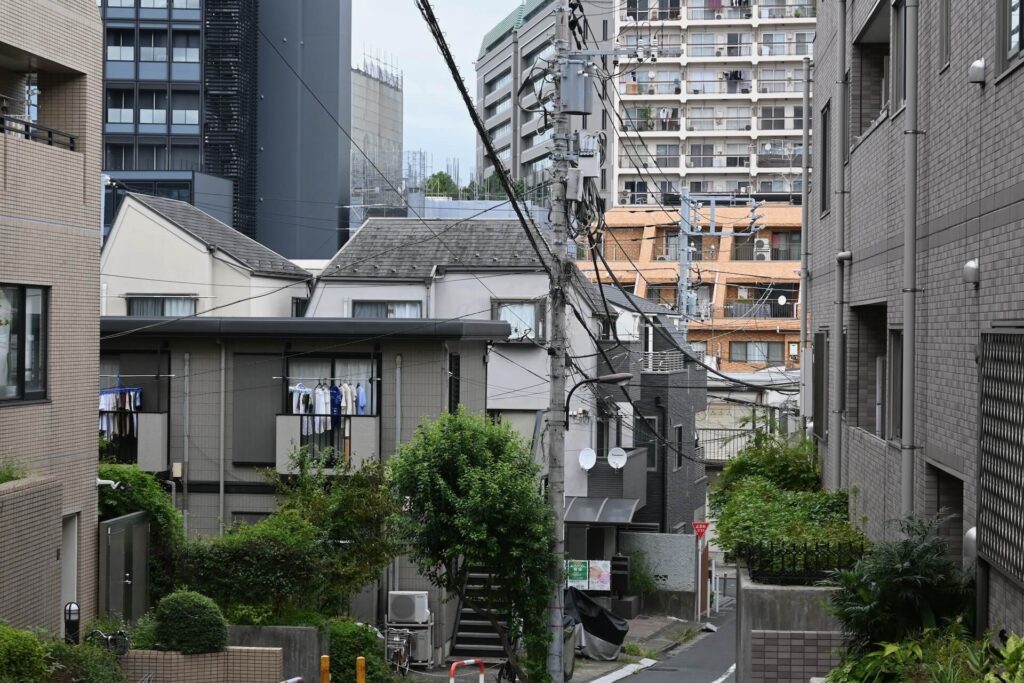
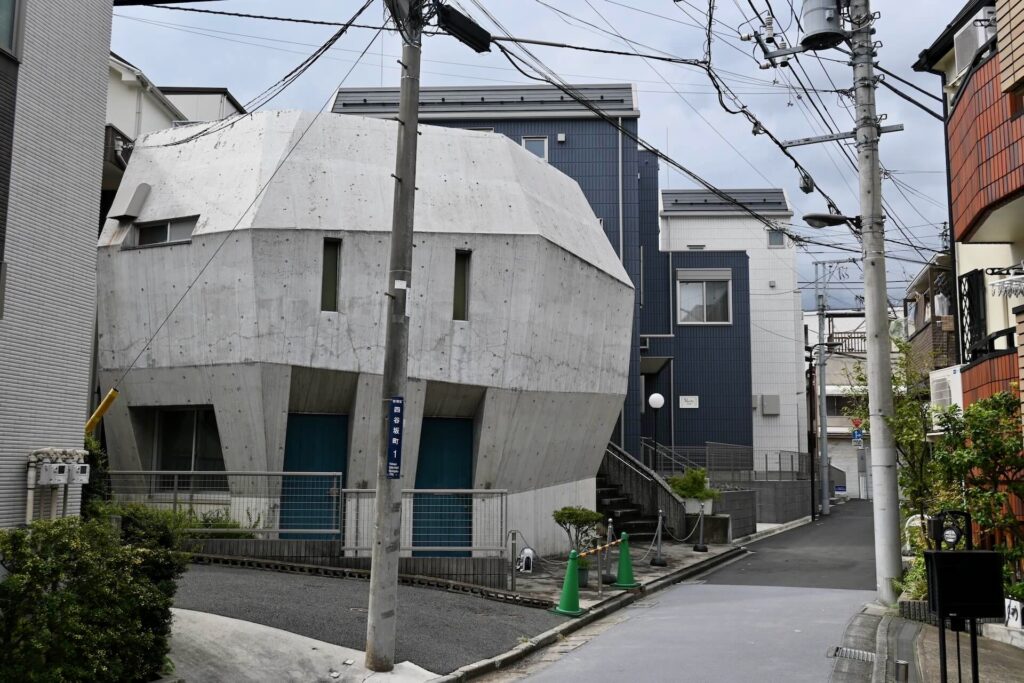
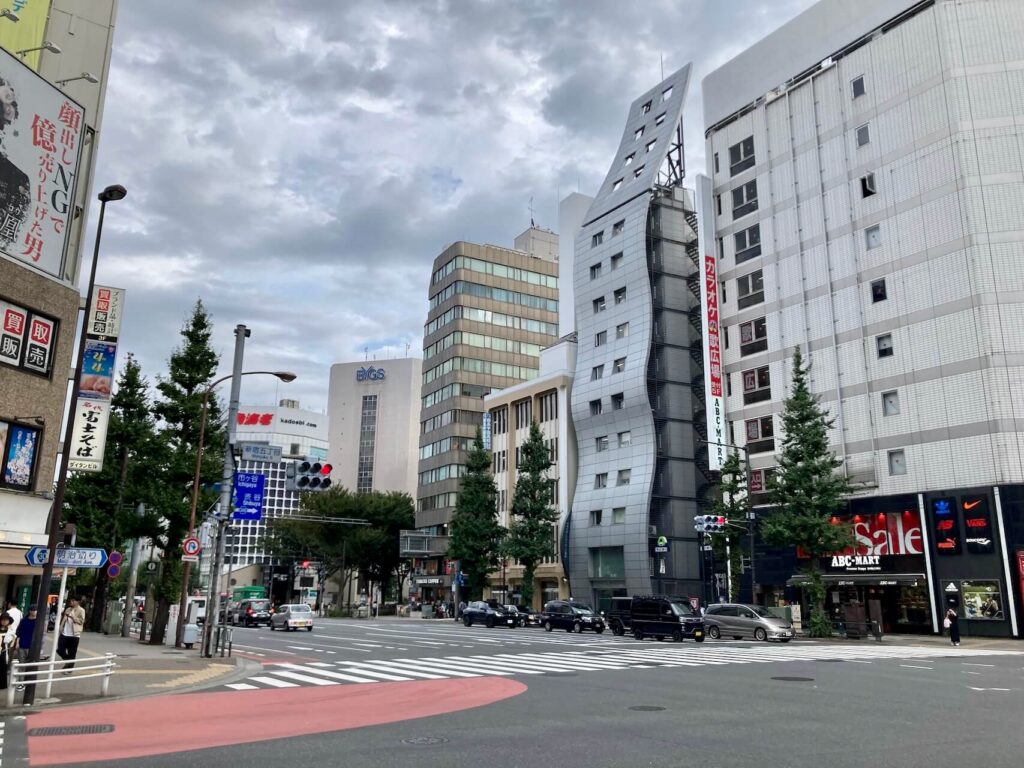
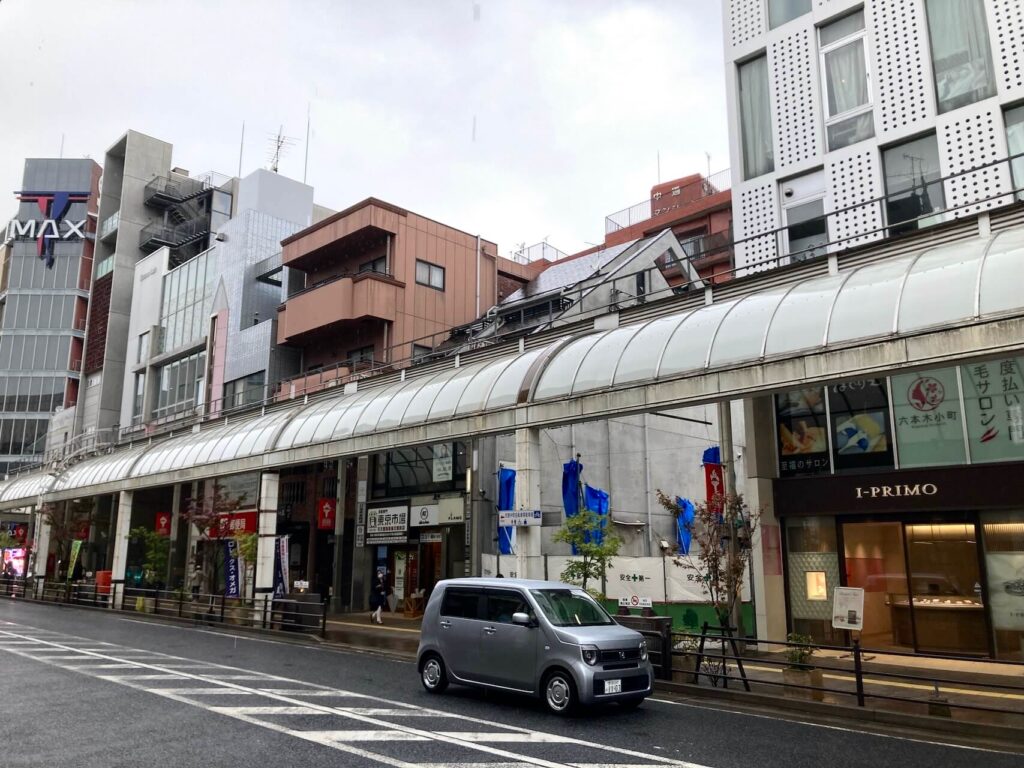
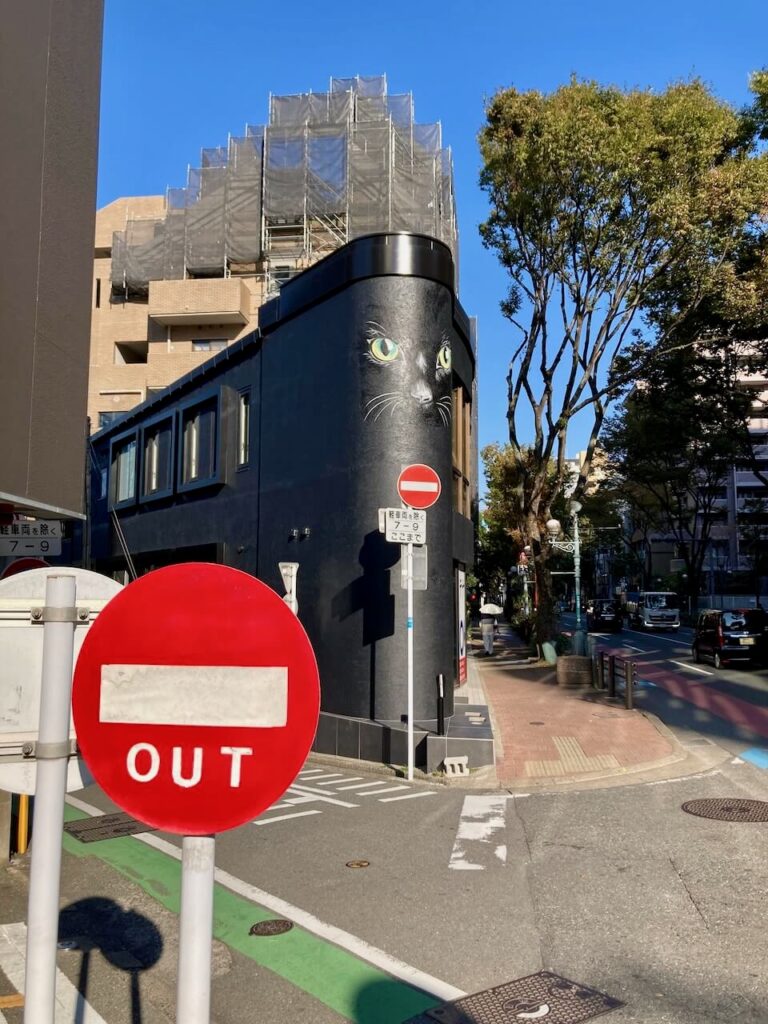
7. Spa 2.0
My personal favorite in Japan: The hot spring, “Onsen” in Japanese. These are thermal baths that are fed with volcanic water. In larger cities you can find many “Sento” whose water is heated artificially but which serve a similar purpose.
What makes the baths so special is that they are not a luxury thing like the spas here. Of course, there are also expensive, exclusive spas, often associated with an upscale hotel. However, most onsen are very simple baths and entry costs three to five Swiss francs. They consist of an anteroom with a shoe locker and cash register, a changing room and the actual bath. When you enter the bath, you first pass the washing areas, where you can shower or fill a small bucket with water to wash yourself. Next to that, there’s a pool with hot water, sometimes a second one or a cold water pool. Often a pool is already getting very cozy when five people enter. The interior design varies depending on the price, but in many cases, you get the bare minimum. White tiles on the walls and floor, LED lights, no music. And the nice thing is: It doesn't matter at all to the baths’ purpose which is rather practical in nature! Because it's so cheap, you can quickly stop by for 20 minutes after exercising, which is why many Japanese go there several times a week. In more expensive onsen (i.e. 10 francs) there are several pools, often in a carefully designed outdoor area.
